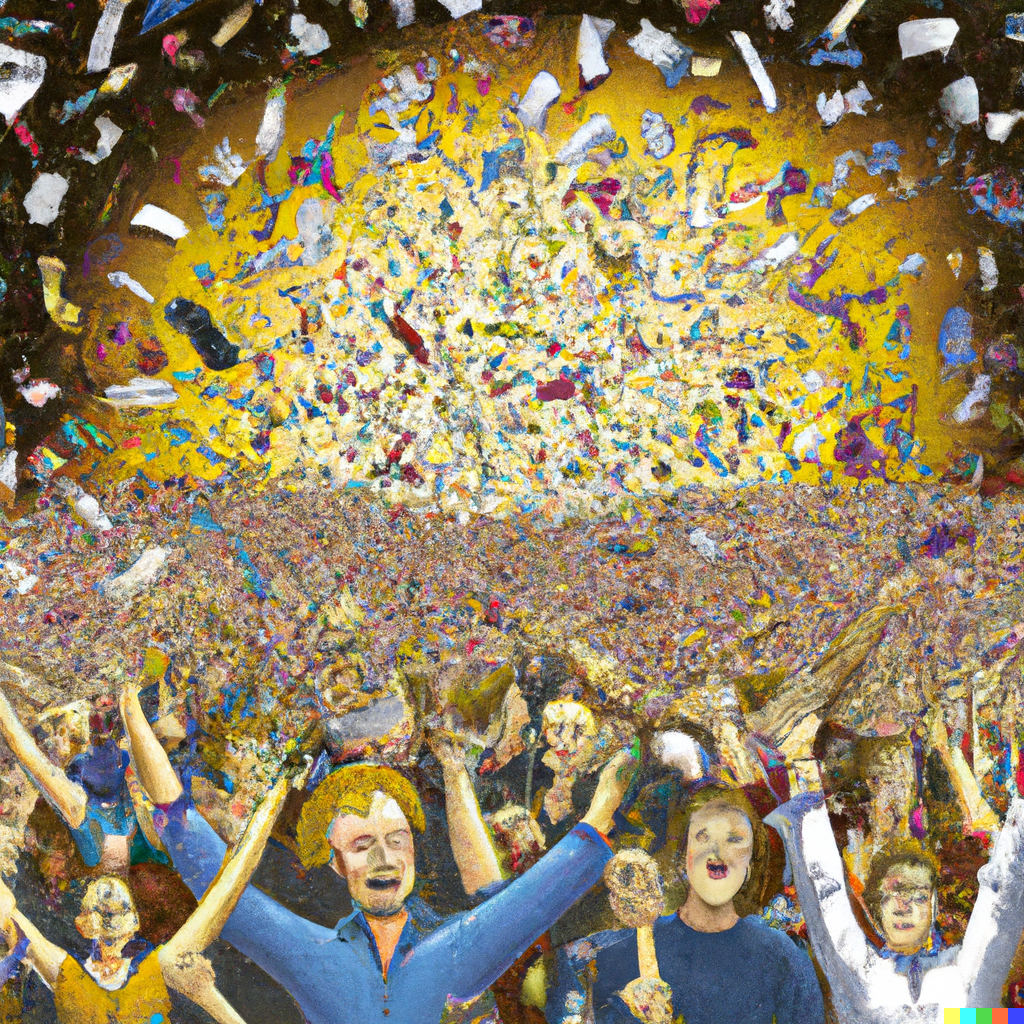There is this vast array of tools a composer can use to both drive music forward, and create interesting patterns. One of the joys writing music, is the exploration of new ideas and textures. Building rhythmical structures, layering multi accented meter patterns with underlying harmonic waves and beats interests me.
Don Ellis had this very large impact on me. I had a chance to play this revolutionary music he was writing, when I was 15, when he was a guest soloist at my local Junior College. He really influenced me more than any other individual I can remember. He was writing in strange meters and was really infusing his jazz works at this time in an interesting fusion of rock and Indian rhythms and harmonies. I don’t recall, anyone ever directly studying with Don Ellis. I can’t even recall even saying much more than “hi” to him, let alone having any discussions with him about anything. I never played in his orchestra, but I did attend his concerts on a very regular basis(almost nightly), since my best friend and co-band leader, David Crigger, was his drummer for many years. We started an ensemble called Turbulence, which took these idea’s to a new place.
So a lot of my music is written in odd meters and contains a variety of multi-rhythms that interlock, and if played correctly holistically work. If not played correctly, the music can sound like musicians who can’t hold a beat. Can be rather challenging to play. So figure I will write a bit about one of the movements from the Piano Trio, called “Finale Grande” as a point of discussion.

Finale Grande is written for Piano, Violin and Cello. This work is in 9/8 sub divided as 3,2,2,2 . It starts with a Rock Piano version of Chop-Sticks.
I then proceed to using different accents against the 3,2,2,2 piano accents in the violin and cello such as these types of patterns. In the figure below the first part of the phrase pushes a 4,3,2 pattern and you can see how the accents start building and pushing against the 3,2,2,2 rhythms.

The remaining 4 bars of this phrasing use a 2,3,4 rhythmical accent against the 3,2,2,2. Which is basically the first phrase of 4,3,2 reversed into 2,3,4.

The over arching structure of this piece is basically,
(i)8 bar introduction.
(a)8 bars of rhythmic melodic accents.
(b1)8 bars of driving 3,2,2,2
(b2)8 bars of driving 3,2,2,2 with a violin melody.
(c) 8 bar descending 3,2,2,2 pattern
(a 2x)16 bars of rhythmic melodic accents.
(d)New 8 bar Coda section
(b2 x2) 16 bars of driving 3,2,2,2 with a violin melody.
(c) 8 bar descending 3,2,2,2 pattern
(a augmented)14 bars of rhythmic melodic accents.
(d)New 8 bar Coda section
All that is going on, is 4 different sections repeated, with a repeated coda.
Simple but highly complex.
This weekend I have decided to actually re-orchestrate this piece for a Jazz Big Band, which should be highly interesting.
The piece was originally performed Feb 11th, 2014 at VCFA, this is the video of the performance.

